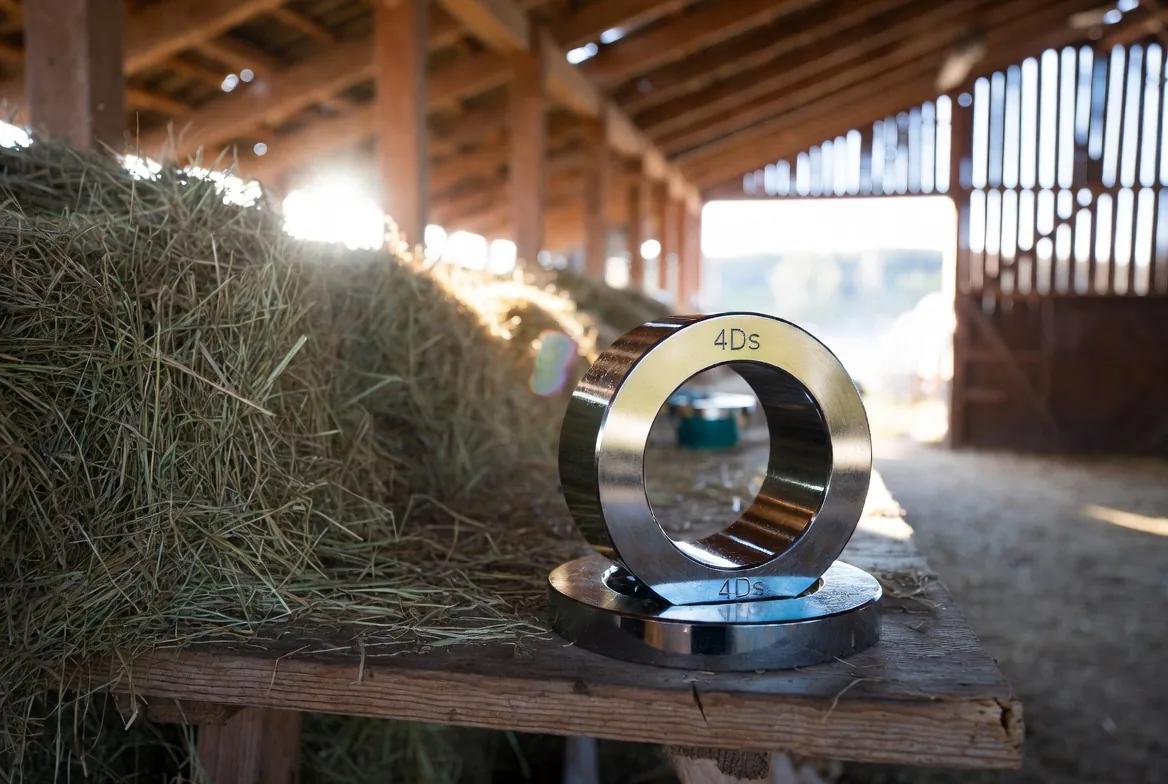What Does “Zero Harm” Really Mean in 2026?
Explore how “Zero Harm” is evolving in 2026. Learn how modern safety leaders use data, learning, and critical control management to turn aspiration into measurable outcomes.
.png)

A Realistic Roadmap for Safety Leaders
“Zero Harm” has been a guiding principle for organisations around the world for more than two decades. It appears on posters, in annual reports, and within safety mission statements. Yet as we move into 2026, many organisations are beginning to ask: Is Zero Harm still realistic — or even helpful — as a guiding principle?
The Promise and the Problem with “Zero Harm”
At its best, Zero Harm represents a moral commitment: no one should be injured, harmed, or made unwell because of work. It’s an aspirational goal that reflects care, leadership, and accountability.
However, the challenge arises when Zero Harm becomes a slogan instead of a strategy. Teams can feel pressured to achieve perfect statistics rather than meaningful improvement. Reporting may become distorted, and open conversations about risk or failure can be replaced by fear of “spoiling the numbers.”
The goal is noble — but the mindset must evolve.
Beyond Slogans: Redefining What Zero Harm Means
In 2026, safety leaders are reframing Zero Harm as a continuous improvement journey rather than an absolute outcome. It’s not about denying that incidents occur — it’s about building systems and cultures that minimise risk, learn from events, and adapt quickly.
This modern interpretation of Zero Harm focuses on:
- Psychological safety — encouraging honest reporting and discussion of near misses or errors.
- Systemic learning — analysing incidents to uncover organisational causes, not just individual blame.
- Risk visibility — using data and dashboards to understand where controls are working — and where they’re not.
- Collaboration across the supply chain — recognising that true safety performance includes contractors, subcontractors, and partners.
A Realistic Roadmap to Safer Outcomes
Achieving “Zero Harm thinking” in 2026 means balancing aspiration with evidence. Safety leaders are adopting a more data-driven, systems-based approach:
- Define what good looks like. Move from blanket slogans to measurable objectives — such as reducing serious injury potential, strengthening critical controls, and improving verification rates.
- Build visibility across your entire workforce. Integrate data from incidents, inspections, and contractor activities to form one unified picture of safety performance.
- Empower the field. Equip workers and contractors with digital tools to report, verify, and manage hazards in real time.
- Focus on learning, not blame. Treat every event — even a near miss — as an opportunity to strengthen systems.
- Engage leadership at every level. Make safety performance a visible, shared accountability across the organisation.
The Role of Data, Learning, and Control Verification
Modern safety platforms are helping organisations translate the idea of Zero Harm into actionable insight. With tools such as the myosh Critical Control Management Module, safety teams can verify that life-saving controls are in place and functioning as intended. This approach shifts focus from lag indicators to real-time control assurance, ensuring that critical risks are effectively managed before harm occurs.
Equally important is building the knowledge and engagement needed to sustain improvement. The myosh Online Learning Module enables organisations to deliver targeted training, refresher courses, and micro-learning directly within the same platform that manages incidents and risks. By connecting learning with live performance data, organisations can close the loop between knowledge and action — a key step toward meaningful Zero Harm outcomes.
A Culture that Learns, Not Hides
Ultimately, Zero Harm in 2026 is less about perfection and more about progress. It’s about building resilient systems that prevent harm, but also respond intelligently when things go wrong.
The strongest safety cultures don’t chase perfect numbers — they chase honest data, visible controls, and continual learning. When these principles guide the system, Zero Harm becomes less of a slogan and more of a living, achievable philosophy.
Zero Harm will always be an important aspiration. But the organisations that succeed in 2026 will be those that transform it from an ideal into a measurable, transparent, and collaborative process. By uniting technology, leadership, and a culture of learning — and by ensuring that contractor safety, training, and critical controls are all integrated within a single platform — we move closer to what Zero Harm was always meant to represent: a world where everyone goes home safe, every day.


